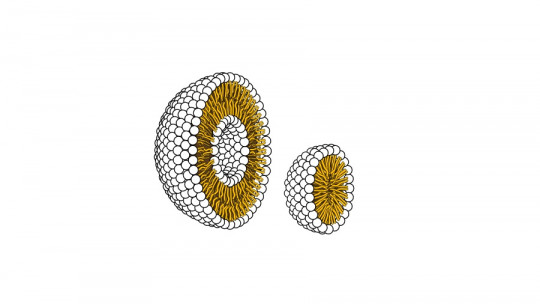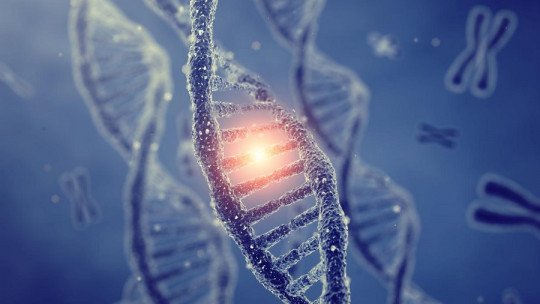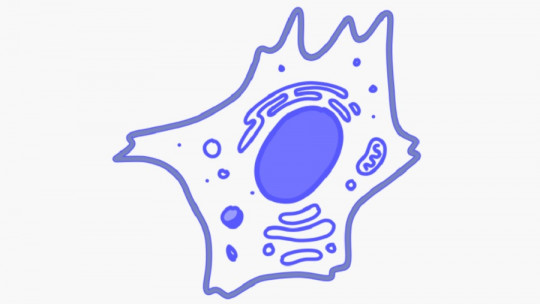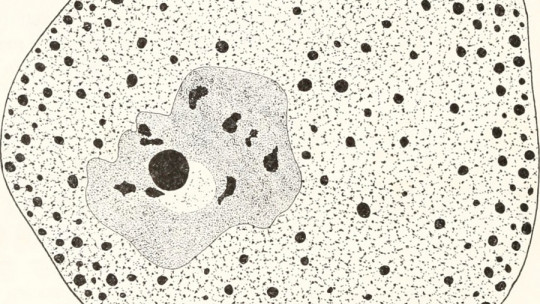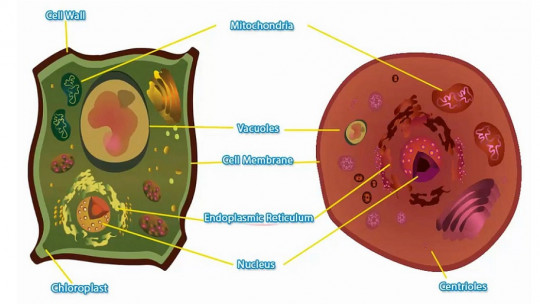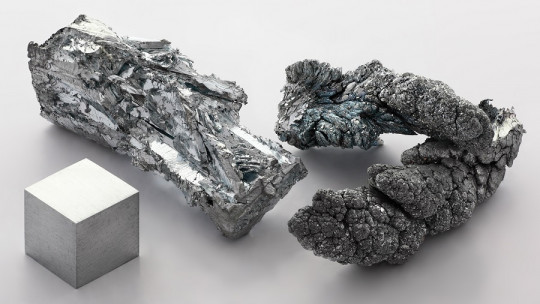
The atom, the smallest constituent unit of matter, has the property of a chemical element. Thus, we can affirm that absolutely any living being or object present on Earth is formed, in its most basic structure, by one of the elements that we find when looking at a periodic table.
Of course, it is shocking to reflect on our most basal composition: after all, all living beings are carbon, hydrogen, oxygen and nitrogen. Still, beyond this, life requires complex interrelationships and other compounds to be carried out effectively and functionally.
Here more specific terms come into play from a nutritional point of view, such as macronutrients, micronutrients, vitamins and trace elements, since living beings are capable of synthesizing compounds, but we also require elements present in the environment.
Naturally, all this conglomerate can cause confusion even in the greatest of experts, and therefore, today we focus on a really interesting functional unit: trace elements
Trace elements: small but essential for the body
From a chemical point of view, we can define a trace element as a series of bioelements present in small quantities in living beings. To understand its importance from a nutritional point of view, we first have to briefly explore the terrain of nutrients. Go for it.
Micronutrients and macronutrients
A nutrient is a chemical product from outside the cell that it needs to carry out its vital functions Translated into kinder language, this concept could be defined as a series of substances that feed us. Nutrients can be divided into large groups:
It is this last group that concerns us today, since within the micronutrients we find vitamins and trace elements (also called minerals interchangeably in many bibliographic sources).
Once both terms have been introduced, it is essential to know that vitamins and trace elements are not interchangeable terms A vitamin is a molecule, that is, a series of atoms organized in a specific order, while a trace element (as its name indicates) is a simple body, or in other words, it is made up of a single type of atoms. .
The variety of trace elements and their functions
We can affirm that Trace elements are found in their elemental form, that is, uncombined, in the form of chemical elements Although we will not find any protein, lipid or vitamin in the periodic table, trace elements will be present in it. These important elements have at least five essential functions in the body of the organism:
As we have seen, the functions of trace elements are multiple and cannot be encompassed in a single space. Below, we give you some specific examples. Don’t miss them.
1. Fluorine
The chemical element number 9, located in the halogen group on the periodic table of elements. This trace element Helps fix calcium in bones, in addition to maintaining good condition of tooth enamel (which prevents the appearance of infectious processes of bacterial origin).
2. Iodine
Chemical element number 53, again, in the halogen group. The iodine It has thyroid function, that is, it is part of the hormones thyroxine and triiodothyronine, manufactured in the thyroid gland. These hormonal groups regulate cellular metabolism, so with other compounds, they influence the growth of the organism and other biological processes.
3. Iron
We are looking at chemical element number 26, the fourth most abundant transition metal in the Earth’s crust. Inside our body, iron It is the vital constituent of hemoglobin, a blood hemoprotein that is responsible for transporting oxygen to cells and tissues Therefore, it is involved in cellular respiration and many other processes: glycolysis (oxidation of glucose to obtain energy), oxidation of fatty acids and DNA synthesis, among others.
4. Manganese
Element number 25, a metal located in group 7 of the periodic table. It is a constituent of certain enzymes, including manganese superoxide dismutase (Mn-SOD), which, for example, has been shown to be a tumor suppressor in breast cancer. Various investigations explore the field of manganese and allergies, since it seems that its supplementation can alleviate the symptoms of these processes in some cases. Still, these hypotheses require many more experimental tests to be confirmed.
5. Nickel
With atomic number 28 and located in group 10 of the periodic table, nickel is another trace element that is part of 87% of hydrogenases, essential enzymes in microbial metabolism It acts as a biocatalyst, participates in the growth and defense of the organism, promotes the absorption of iron and stabilizes DNA and RNA molecules.
6. Other trace elements
We have given you five examples of trace elements with a detailed function, but it should be noted that there are many more, just as important as those we have just mentioned. Next, we put you some more examples, related to a key functional term
How many exist?
In total, we have presented you with a total of 15 trace elements, although The list will vary depending on the criteria of each author For example, lithium, tin, boron, bromine or cadmium (some present on the list and others not) are elements that are a source of debate, since their essentiality in the human body is not clear.
On the other hand, some sources erroneously include elements such as calcium (1,300 milligrams daily intake is recommended), potassium (4,700 milligrams daily) or sodium (1,500 milligrams) in the lists of trace elements. The definition of trace element, from a theoretical point of view, excludes these elements, since the latter are present in greater quantities in our body than those shown above, which is why they are considered of “greater essentiality.”
Oligotherapy
We cannot close this space without talking about oligotherapy, a pseudotherapy framed within the branches of alternative medicine that explores the use of trace elements in order to restore or improve altered metabolic processes in the patient’s body.
Of course, we are never going to recommend these types of paths as substitutes for conventional medical therapy, but in some specific cases and under the supervision of a health professional, they can become accessory therapeutic supports. Our duty, in this case, is to inform about its existence and not evaluate its effectiveness. We leave each reader to make their own judgment regarding the topic.
Summary
As we have seen in these lines, trace elements are bioelements present in very small quantities in our body, but still They have essential tasks for the functioning of human beings: from growth to DNA repair, its functions are endless.
The definition and classification criteria for trace elements may vary from one author to another, because what do we define as essential? To what extent is the concentration of the element in our body too high to include it in this group? These questions cannot be answered easily, and therefore, we have played it safe and have shown you those minerals that are present in very low quantities in our organisms, but which at the same time are essential in certain processes.
- Dorosz, P. (2001). Table of vitamins, mineral salts, trace elements. Hispanic European Editorial.
- McDowell, L.R., & Conrad, J.H. (1977). The nutritional importance of trace elements in Latin America. World Zootechnics Magazine, 24, 24-33.
- Miñana, IV (2015). Vitamins and trace elements. PediatríaIntegral, 324.
- Trace elements, Texas Heart institute. Collected on October 31 at https://www.texasheart.org/heart-health/heart-information-center/topics/oligoelementos/
- Trace elements. Small quantities, big functions, Health Mapfre Channels. Collected on October 31 at https://www.salud.mapfre.es/nutricion/reportajes-nutricion/oligoelementos-pequenas-cantidades-grandes-funciones/#:~:text=Fl%C3%BAor%2C%20Yodo% 2C%20Selenium%20and%20Silicon,%20produce%20s%C3%ADsymptoms%20or%20diseases.
- Reynaud, A.C. (2014). Requirement of micronutrients and trace elements. Peruvian Journal of Gynecology and Obstetrics, 60(2), 161-170.
- Rubio, C., González Weller, D., Martín-Izquierdo, RE, Revert, C., Rodríguez, I., & Hardisson, A. (2007). Zinc: essential trace element. Hospital Nutrition, 22(1), 101-107.


